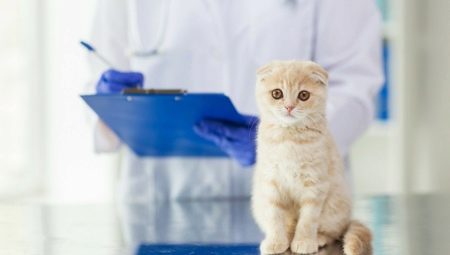Every owner of Scottish cats and cats sooner or later faces the issue of sterilization or castration. Those who value their pets, try to treat this procedure carefully. And for this it is necessary to understand all the pros and cons, to know about subsequent care and risks. Only after studying all the information on this issue, you can not worry about the health of a pet.
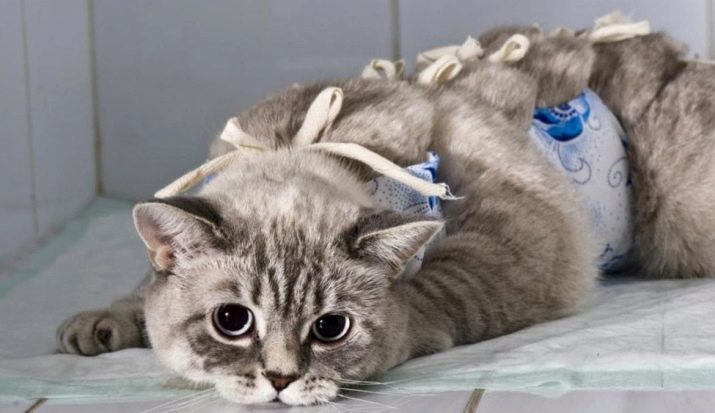
Indications for the procedure
First you need to understand how much sterilization or castration is needed. These two terms are usually used as synonyms, but in reality mean different operations. For cats, castration is the removal of both the uterus and the ovaries, and sterilization only applies to the ovaries. In cats, the degree of complexity of the operation can also be different. These procedures are resorted to if the owner does not plan to get feline offspring. Besides, it is sterilization that eliminates many problems associated with puberty and its subsequent manifestations, for example, with marks and estrus.
Often they are accompanied by a change in habits: the Scots become more aggressive, their behavior worsens and is accompanied by a constant meow. All these external manifestations have their own reasons: cats and cats are constantly worried because they cannot satisfy their needs. What can we say about the birth and subsequent attachment of kittens - all this is quite troublesome.

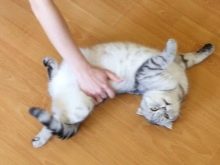

In addition, there are a number of medical factors. The constant bursts of hormones from which the animal suffers several times a year cannot pass without a trace. The consequence can be cancer.In addition, there are a number of inflammatory diseases of the genitourinary system in which this operation is indicated.
In any case, the decision on whether sterilization or castration is necessary lies with the host. But even those who do not do this procedure in due time, later regret seeing how the cat and its behavior change.
Only a relatively small percentage of animals does not have unpleasant behavioral manifestations, but at the same time this does not exclude possible internal disturbances.


At what age to spend?
If the issue of the operation can be considered resolved, it is very important not to miss the moment and make it on time. Now there is no strict framework for this, and in clinics where sterilization is on stream, cats can be taken from the age of three months. However, no one says that early intervention is impossible. But the consequences may not be very good. For lovers of purebred cats, their appearance is important.
If a Scottish cat is neutered too early, his body can grow disproportionately. Such defects will be especially visible if we consider the size of the head relative to the body. It is impossible to fix this later.


Cats are usually sterilized when their body has developed and matured enough. In addition to cosmetic imperfections, this helps to transfer the operation itself more easily and to recover better after it. Optimum age from 8 to 11 months. In addition, it is necessary to consult a veterinarian before the cat begins to mark the territory or at the first manifestations. It is believed that the sooner the Scot began to do this - the greater the likelihood that he will continue this at an older age. The percentage of such cases is small, but it is. The same thing applies to cats - it is better to catch up before she has time to get to know the cat closer.
Sometimes sterilization is necessary for adult animals, especially if there are health problems. But here there are pitfalls.
The older the cat - the more health problems she has, which means that the risk of possible complications increases.
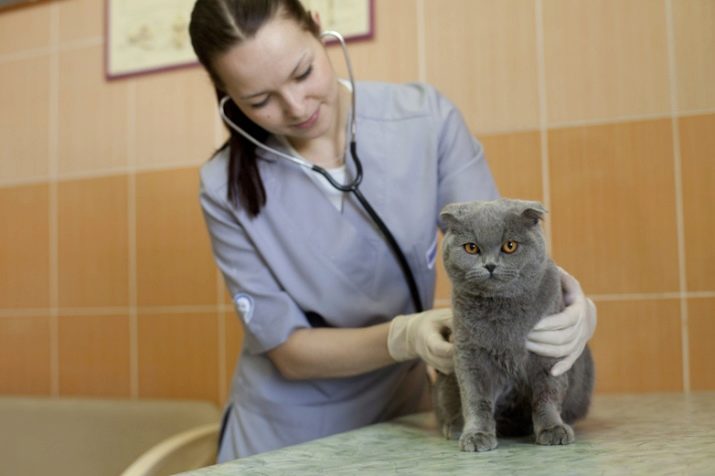
Features of preparation and care after
Both castration and sterilization are planned operations, therefore, before setting a date, the animal should be examined by a doctor. It is with the veterinarian that it is better to find out all the information about the upcoming procedures. Particular attention should be paid to preparing for the operation. For that scotsman Be sure to inspect the veterinarian and make sure that he is healthy. Therefore, it is necessary to start small: to rid him of fleas and parasites, to do all the necessary vaccinations in advance (at least a month before the operation). Contraindications are diseases in the acute phase, as well as a period of estrus in a cat. As for hygiene, then everything is very simple.
It is advisable to cut the claws and wash the animal. But if the Scot does not like to swim, you need to do this at least a week in advance. This and other stressful situations in the coming days should be eliminated so that the cat feels calm.
And for the peace of mind of the owner, it is necessary to carefully approach the choice of clinic and doctor. Here, the professionalism of the staff, reviews, location and the possibility of subsequent monitoring play a great role.
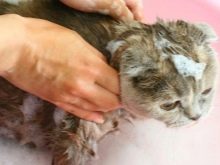
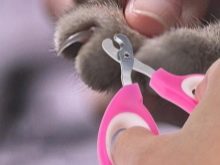

On the day of surgery The animal must not be given food, medicine or supplements without the consent of the veterinarian. All procedures usually do not take more than an hour, after which the pet can be picked up. But since it is believed that Scots, like other thoroughbred cats, react poorly to anesthesia, it is better to spend the next two to three hours in the clinic. Moreover, within a few days the pet may need help, so you need to look after it well.
The immediate exit from anesthesia can last up to a day. Therefore, during this period, it is necessary to exclude all the dangers that a cat may encounter.It can not be placed on high surfaces, fearing a fall, or left unattended near a container of water because of the possibility of loss of consciousness and drowning. To prevent the cat from freezing, it is necessary to wrap it up and monitor the temperature in the room.
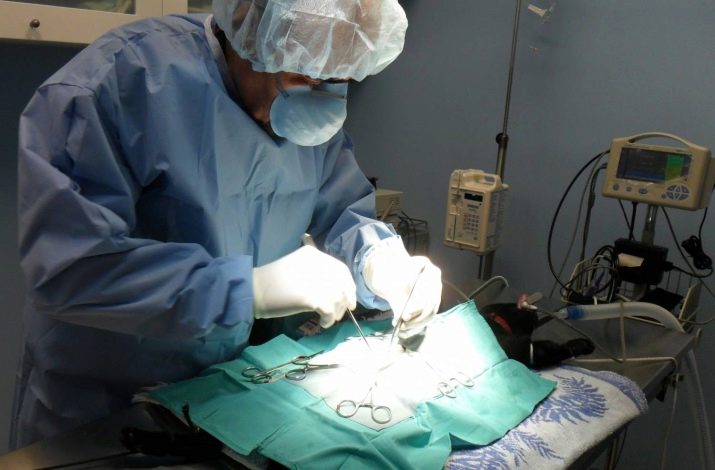
Seams deserve special attention. Cats may need a blanket - depending on the degree of complexity of the operation (removal of only the ovaries or together with the uterus). You can remove blankets only after a second visit to the veterinarian. In cats, sterilization may not be necessary. But it is necessary to ensure that he does not disturb the place of operation. The condition of the seams can only be evaluated by a specialist. He can prescribe medications and give other recommendations that must be followed.
Special attention deserves food. In the early days should be preferred wet food so that constipation and other problems do not cause additional discomfort. Then you need to switch to a special feed.
The fact is that neutered Scots often gain weight due to a sedentary lifestyle. Therefore, their nutrition should be appropriate.
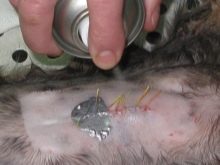

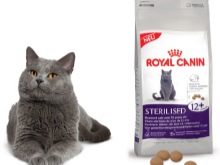
For sterilization of a Scottish cat, see the next video.
